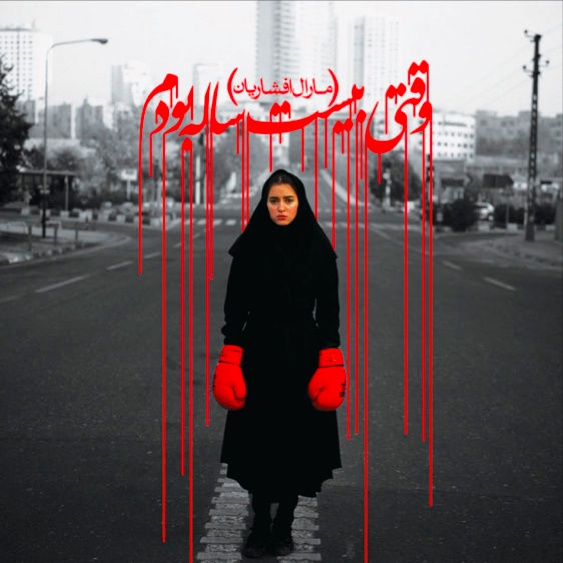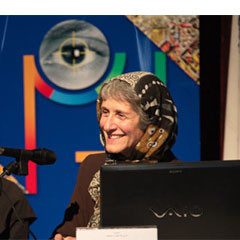Newsha Tavakolian at East Wing Gallery
Photojournalist Newsha Tavakolian has an exhibition at East Wing Gallery. Running until September 3, 2015, Blank Pages of an Iranian Photo Album is Tavakolian’s testament to the complexities of her generation:
“The family photo album is the showcase for my generation. The yellowed albums and pictures of smiling children dressed up in their best clothes are testament to our hopes and dreams, but they end in blank pages and the moment when our parents stopped taking our pictures (…)
For me Iran is the country where I was born, I went to school here, started my career, and never left. As a photographer I have always struggled with how to perceive my society, with all its complexities and misunderstandings. For this project, I have decided to continue producing the photo albums of my generation. To add the pictures that were never taken of the way that life is for them now, as adults. I followed people who, in a sense, define this generation. They are interchangeable, thus representing many. This photo album is theirs; it is my vision of life in Iran now, unromantic and confined. Those who feature on the pages are interchangeable, placed randomly in the natural situation of what is or could be their daily lives.”
Born in 1981, Tavakolian is a self-taught photographer and one of only a handful of women who are photojournalists in Iran. She has covered international events such as the 1999 Student Uprising in Iran, the Iraq War, and other regional conflicts. Her work is published internationally in magazines and newspapers, including: Time Magazine, Newsweek, Stern, Le Figaro, Colors, The New York Times, Der Spiegel, Le Monde, NRC Handelsblad, The New York Times Magazine, and National Geographic.
In 2013, Tavakolian was the 5th laureate of the Carmignac Gestion Photojournalism Award. Her work has been displayed in dozens of international art exhibitions and has been on show in museums such as the Victoria & Albert Museum in London, LACMA in Los Angeles and the British Museum, which has also bought several of her prints.
You can view works from the exhibition at East Wing here, and learn more about Tavakolian and her work from her website.


